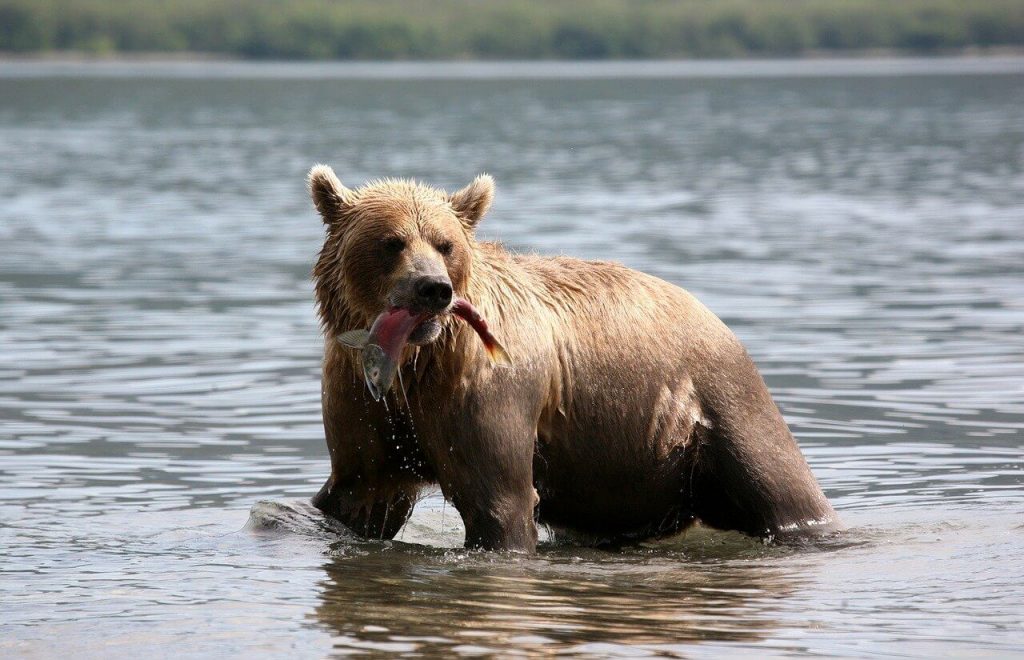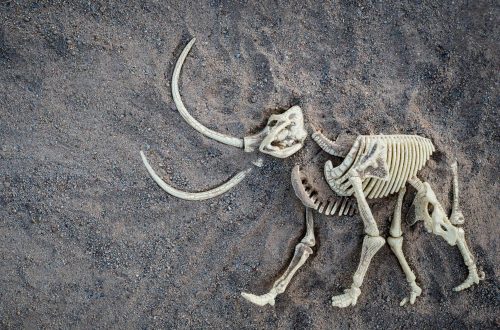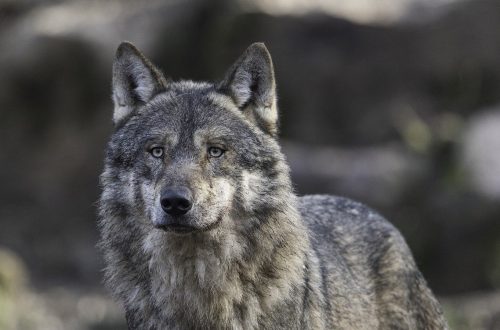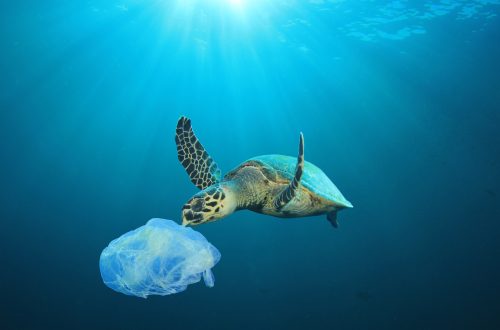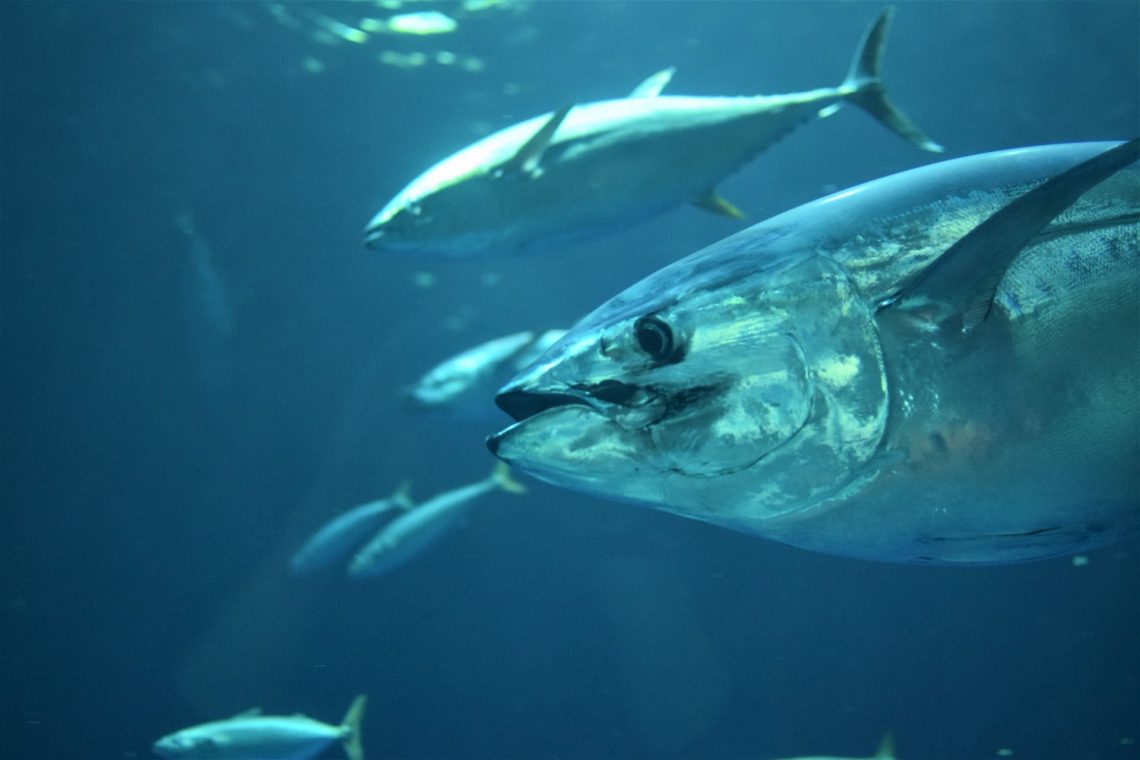
4 Ways to Identify the Most Sustainable Fish to Eat
The Importance of Finding Sustainable Fish to Eat
It’s no secret that the ocean is facing a wealth of problems. Over-fishing is one of them. We can all do our bit by finding more sustainable fish to eat.
Fishing Down the Food Chain
One of the most cited papers in fisheries science, Fishing Down Marine Food Webs, suggested that we are gradually taking out many of the larger animals in the ocean. These tend to be the predators at the top of the food chain.
This paper was published in 1998 and there is now some dispute as to whether this remains the case over 20 years on, but the concept remains relevant.
It is obvious to see why- these where the value lies. These fish bring the biggest pay out.
Tuna is a great example. A single blue fin tuna can sell for tens of thousands of dollars. Sometimes, the price is into the millions.
The problem is that this can result in a trophic cascade– a knock-on effect on the rest of the food web. This in turn can effect the overall health of ocean food webs and result in the collapse of stocks of other species.
It also means that we are largely being left with the smaller fish that people aren’t really interested in eating.
Some people hypothesise that eventually, jellyfish will move in to fill the gaps in our over fished oceans. This could result in a phenomenon known as “jellification”.
It’s not enough to think that we can chose one species to protect and one species eat. Everything is connected. We have to find more overall sustainable fish to eat.
Feeding the 10 Billion
According to some estimates, by the middle of the century, there may be as many as 10 billion people inhabiting planet Earth.
All of these people are going to want feeding.
As more and more of us in the western world are turning away from meat, we need to find sustainable ways to provide more food to a growing population.
The Mediterranean diet has been widely touted as increasing longevity and improving health. It’s thought that the significant presence of oily fish has contributed to this.
As with anything, the exact science behind this particular suggest is uncertain. There is, however, anecdotal evidence, at the very least, so suggest that fish are a good addition to a diet.
If we are going to feed the 10 billion, looking to the ocean doesn’t seem like a bad place to start… but we are going to need to find more sustainable fish to eat.
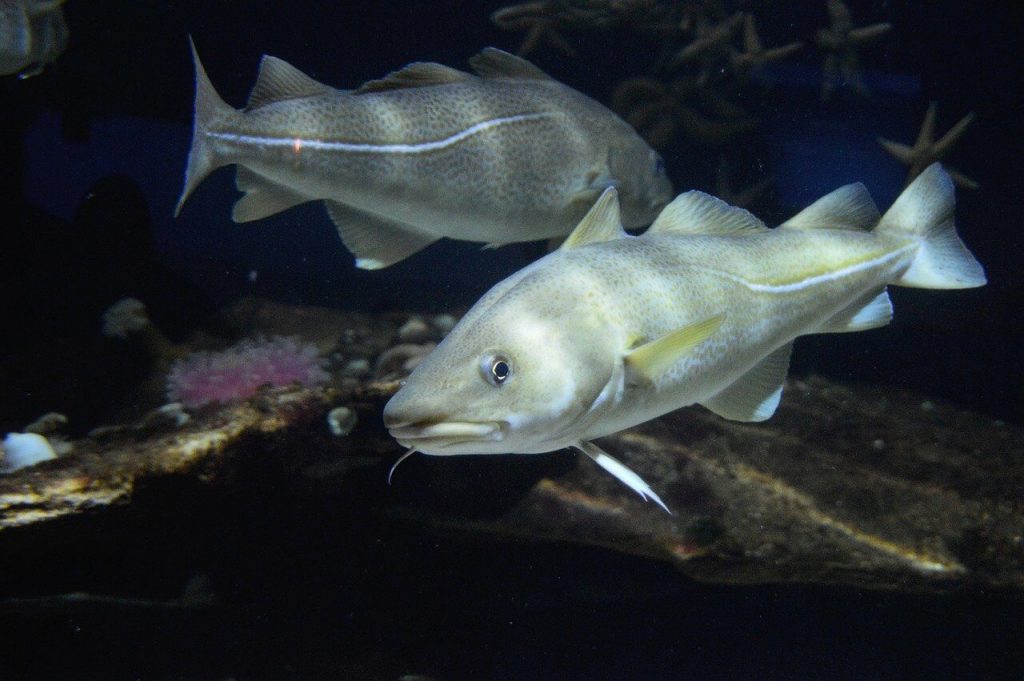
Finding Sustainable Fish to Eat
Being environmentally conscious is HARD.
It’s easy to feel like your contribution is pointless and makes no difference and that the world is against you. But in truth, all of our little efforts add up.
Here are a few things your can do to shop more consciously for fish and other seafood.
1. The MSC logo
The Marine Stewardship Council offers the easiest and most accessible way find which are the most sustainable fish to eat.
Look out for the Marine Stewardship Council’s blue label, featuring a tick in the shape of a fish.
This let’s you know that this fish stock, wild or farmed, has been independently assessed as being caught in a sustainable way.
It doesn’t offer perfection and we still need to consume in moderation, but it’s a good start!
You can also use their website to find out more about some of our most commonly eaten fish.
2. The Good Fish Guide
Another simple way to check what your eating is to consult the Good Fish Guide from the Marine Conservation Society. It’s available as a PDF or as an app so that it’s super accessible when you’re doing the big shop.
This doesn’t just gives you information about the species. It also provides a sustainability rating from 1-5 for both the species, and the sources you might be getting it from.
The Good Fish Guide is probably the most comprehensive and accessible option in the UK for finding out more about the fish you are consuming.
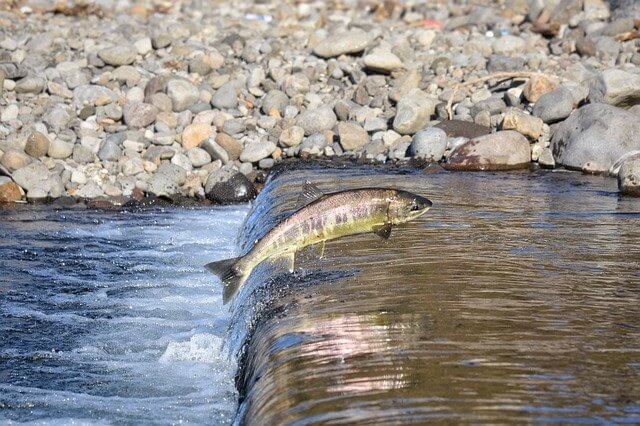
3. Look Outside the Big 5
Salmon, prawns, tuna, cod, and haddock make up the vast majority of the seafood we eat in the UK.
Relying too heavily on one stock is never a good thing. we risk removing that species to the point of extinction, as almost happened to the Northern Cod population in 1992.
By simply making a few swaps to fish outside of this core group, you could help to reduce the pressure on these stocks.
Demand for other species also incentivises fisherman to land all the fish they catch rather than throwing individuals of other species (which may already be dead) back overboard.
Country Living offered some easy alternatives to the fish most commonly found in our diets.
4. Where Did it Come From?
As we mentioned when we talked about fisheries and Brexit, much of the fish we eat is imported from elsewhere in the world. In turn, much of what we catch here is exported.
If we focus on using our own stocks we will likely diversify our diet and with it, reduce the carbon footprint from transporting the fish.
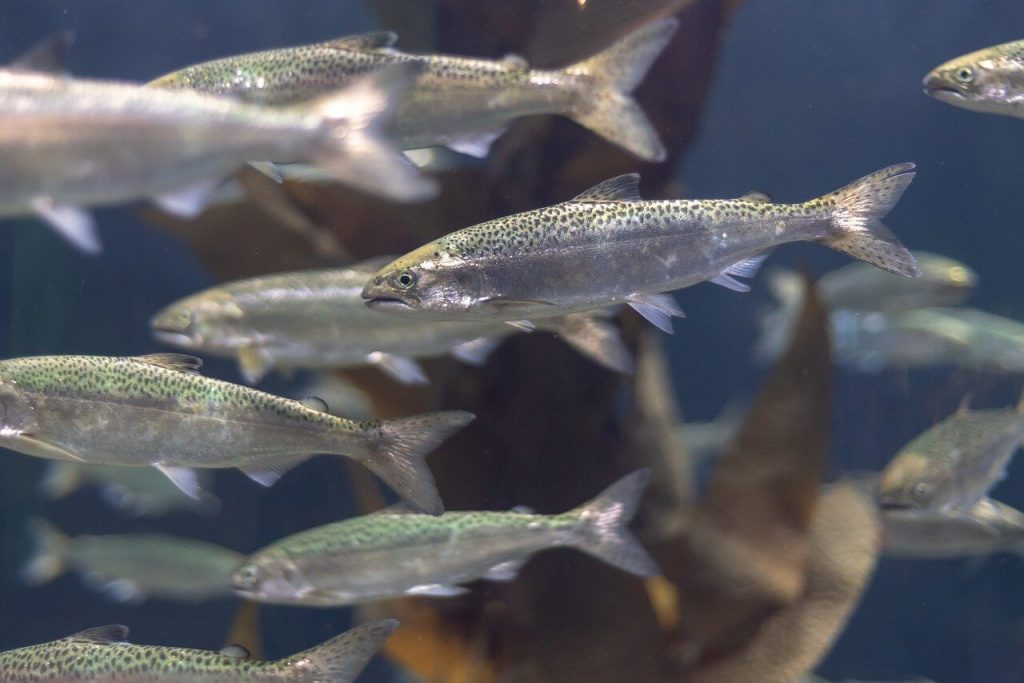
One Wild Thing
Finding sustainable fish to eat isn’t rocket science, but sadly it does still take a little effort.
Moving towards more sustainable choices doesn’t happen all at once. You can start with baby steps.
Next time you are shopping at the supermarket, swap out one of your “big 5” fish for something closer to home; check one item of fish for the MSC label and if it’s not there, make a more sustainable choice; or download the Good Fish Guide app to help you find more sustainable fish to eat.
Changing practice starts with changing consumer demand. If what’s in demand is a sustainably caught variety of different sea food, eventually, that’s what the supermarkets will give us.
